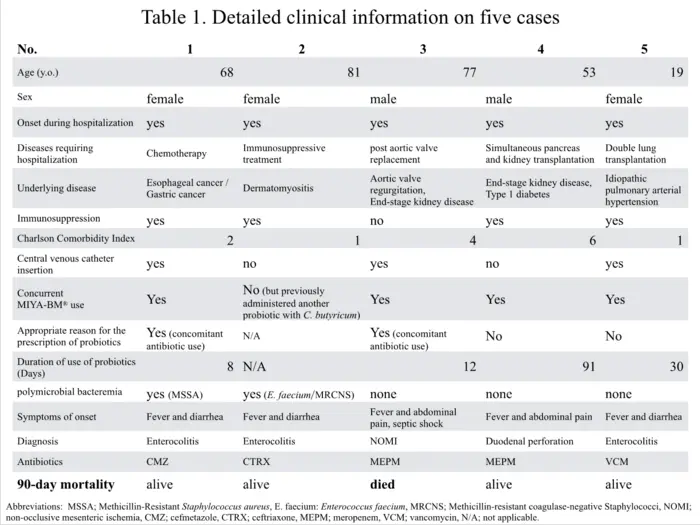Retinal microvasculature is a potential biomarker for acute mountain sickness
This study is led by Dr.Ningli Wang and Dr.Yuan Xie (Beijing Tongren Hospital, Capital Medical University), they provide evidence that retinal microvasculature is a potential biomarker for cerebral microvasculature changes and acute mountain sickness(AMS) development during risk assessment of individuals at high altitudes. Credit: ©Science China Press This study is led by Dr.Ningli Wang and […]

This study is led by Dr.Ningli Wang and Dr.Yuan Xie (Beijing Tongren Hospital, Capital Medical University), they provide evidence that retinal microvasculature is a potential biomarker for cerebral microvasculature changes and acute mountain sickness(AMS) development during risk assessment of individuals at high altitudes.

Credit: ©Science China Press
This study is led by Dr.Ningli Wang and Dr.Yuan Xie (Beijing Tongren Hospital, Capital Medical University), they provide evidence that retinal microvasculature is a potential biomarker for cerebral microvasculature changes and acute mountain sickness(AMS) development during risk assessment of individuals at high altitudes.
Since the retinal and cerebral vasculature share many morphological and physiological characteristics, direct evaluation of the more accessible retinal vasculature should theoretically provide insights into the cerebral circulation. Therefore, the role of retinal imaging to predict central nervous system diseases has received much attention from scholars.
China has the most extensive plateau in the world, millions of people now travel to high altitudes each year to ski, trek, climb, and work. Increased cerebral blood flow resulting from altered capillary level autoregulation at high altitudes leads to capillary overperfusion and then vasogenic cerebral edema, which is the leading hypothesis of acute mountain sickness (AMS) .The best intervention point is before the occurrence of irreversible brain lesions. However, due to technical limitations, cerebral vascular detection is currently limited to large vessels, and capillaries are hard to visualize in vivo.
This study aimed to investigate ocular microcirculation alterations, the only visualized capillaries in the central neural system (CNS), during early-stage AMS using a hypobaric chamber. They applied an well-documented AMS diagnostic criteria- Lake Louise Questionnaire Score (LL-S) . Meanwhile, they comprehensively analyzed anatomical changes in the eye in early-stage AMS (3 ≤Lake Louise Questionnaire Score
The findings further confirm that increased capillary perfusion pressure is an important mechanism for early AMS pathogenesis, and that OCTA measurement of retinal capillary blood flow density, especially peripapillary blood flow density, may be a potential biological indicator for predicting the development of AMS. This result lays the foundation for the role of fundus imaging in the diagnosis and management of cerebrovascular diseases.
See the article:
Xie, Y., Yang, D., Huang, A.S., Yang, Y., Han, Y., Sun, Y., Cao, K., Wang, H., Wu, S., Zhu, Q., et al. (2023). Retinal microvasculature is a potential biomarker for acute mountain sickness. Sci China Life Sci 66, https://doi.org/10.1007/s11427-022-2271-x
Journal
Science China Life Sciences
DOI
10.1007/s11427-022-2271-x
What's Your Reaction?

































